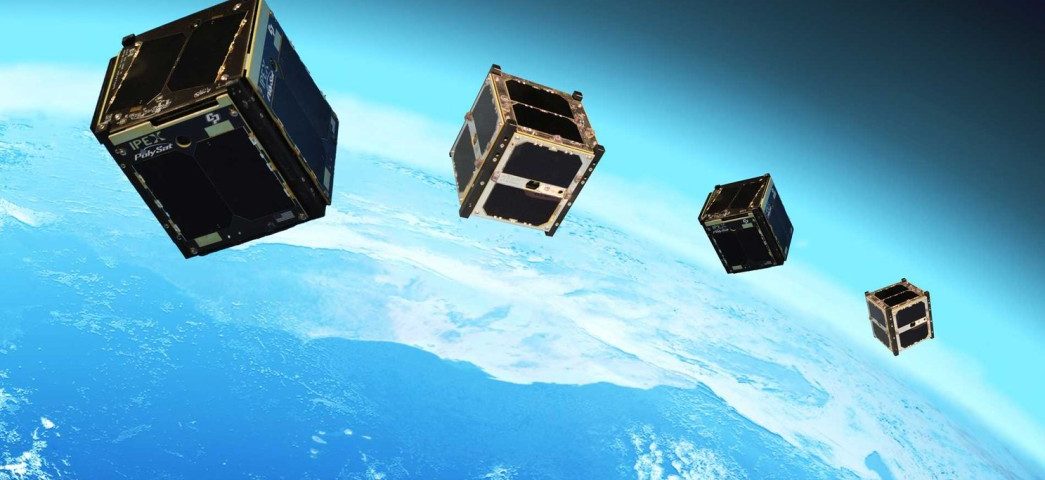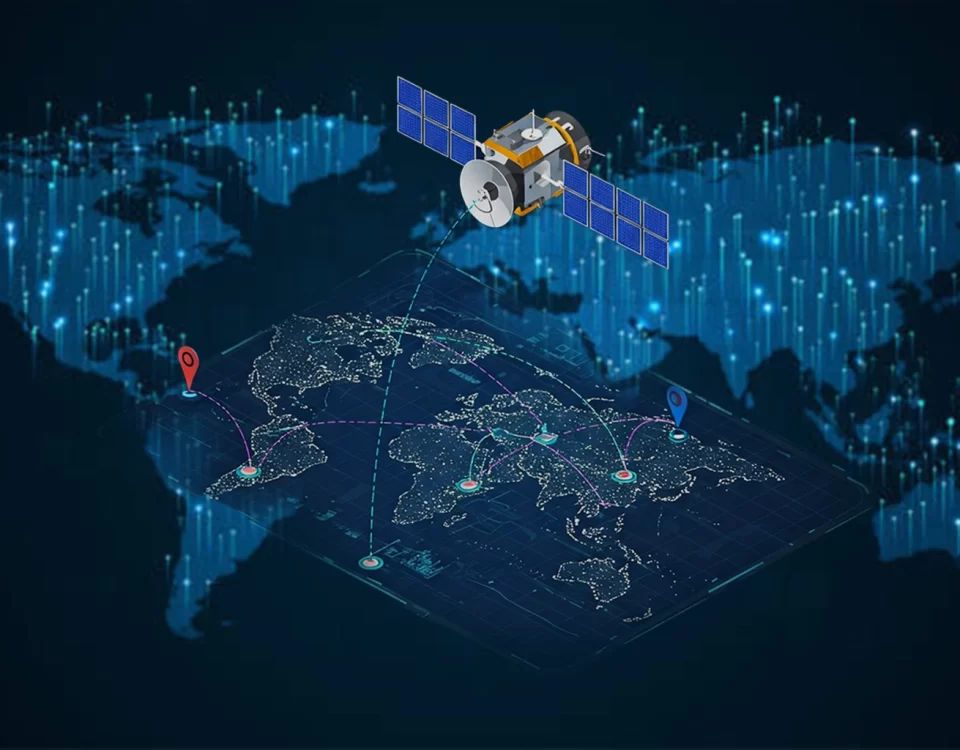OPTIC 101
November 11, 2024
What Is a Satellite?
January 6, 2025Imagine space exploration used to be like building a giant, expensive spaceship. Only governments and huge companies could afford it. But now, thanks to smallsats, things are changing.
What are Smallsats?
“Smallsat” is a term used for a wide variety of small spacecraft. Generally, smallsats weigh less than 500 kilograms (but this can change). Compared to large satellites, smallsats have some key benefits. They cost less to make and send into space, making space missions more affordable for many people and organizations. Also it’s easier for more people to get involved in space exploration, leading to more creativity and competition.
Smallsat can be built and launched more quickly, allowing for faster testing and improvements. They can be easily adjusted to new goals and quickly respond to new opportunities.
Types of smallsats
Small Satellites Come in Many Sizes:
- Minisats
These are medium-sized satellites, weighing between 100 and 500 kilograms. They’re often used for things like:- Taking pictures of Earth: For businesses that need lots of Earth images.
- Sending messages: Like for global messaging services.
- Telecommunications: For internet services like Starlink.
- Weather monitoring: For observing weather patterns.
- Microsats
These are smaller, weighing less than 100 kilograms. They’re good for Conducting various scientific experiments in space and providing communication services.
Microsats are very small, weighing less than 10 kilograms. They’re often built using a standard called “CubeSat.” CubeSats can be stacked together to create larger satellites.
- Picosats
These are extremely small, weighing less than 1 kilogram. They’re often used in groups to work together. They can be used for exchanging data with other devices over the internet. - Femtosats
These are the smallest, weighing less than 100 grams. They’re very new and use advanced technology. They’re used for capturing images in space, experimenting with new space technologies, and conducting biological experiments in space.
The Rise of CubeSats
Within the world of small satellites, CubeSats are becoming very popular.
These miniature satellites are about the size of a cereal box (10 centimeters on each side). They all follow the same basic design, which makes them easier and cheaper to build. This standard design also lets people easily share and use parts, making the whole process more efficient. You can stack multiple CubeSats together to create larger satellites, allowing for more complex missions.
What can CubeSats do?
CubeSats have many uses:
- Studying Earth: They can monitor the environment, like tracking deforestation and pollution.
- Scientific Research: They can study the atmosphere, investigate space weather, and even explore other planets.
- Testing New Technology: They are used to test new technologies for future space missions.
- Education: Students can build and launch CubeSats, making space exploration more accessible.
- Business: They can provide communication services, navigation, and data for different industries.
- Modular Approach: CubeSats can be stacked together, forming larger configurations known as 3U, 6U, or even 12U CubeSats, enabling more complex missions and increased payload capacity.
How Smallsats and CubeSats are Changing Space Exploration
Smallsats and CubeSats are not just about individual missions; they’re changing the entire space industry. Here’s how:
- By making space exploration more affordable, smallsats are allowing more people and organizations to get involved, leading to more creativity and competition.
- Smallsats are helping us make new scientific discoveries and develop amazing new space technologies.
- The smallsat industry is creating jobs and boosting the economy, especially in fields like manufacturing and software development.
- Many smallsat missions involve scientists and engineers from different countries, encouraging cooperation and sharing knowledge.
Challenges and the Future
While smallsats have many benefits, they also face some challenges:
- Space Junk: With so many smallsats in space, there’s a growing risk of space junk, which can collide with and damage other spacecraft.
- Limited Power and Size: Their small size and limited power can sometimes make it difficult for them to perform complex tasks.
- Managing Many Satellites: Controlling and tracking a large number of smallsats can be complex and requires advanced technology.
Despite these challenges, the future of smallsats looks promising. Companies are constantly improving the technology, making them smaller, more powerful, and more capable. In the future it’s getting easier and cheaper to launch smallsats, thanks to new launch services.
Smallsats and CubeSats are transforming space exploration. They’re making space more accessible and enabling exciting new discoveries. As technology continues to improve and we address the challenges, smallsats will play an even bigger role in the future of space.




